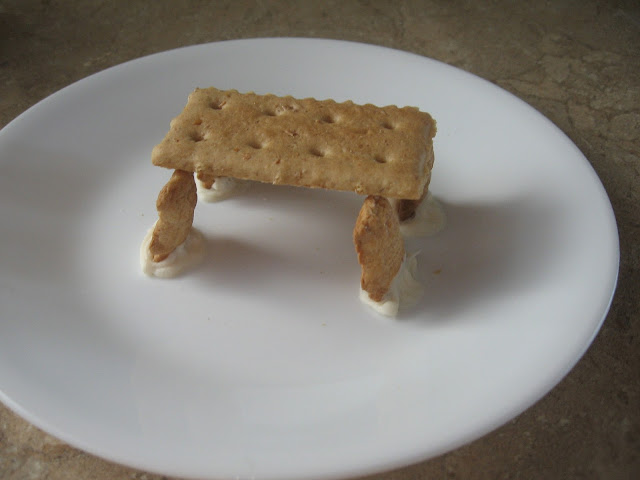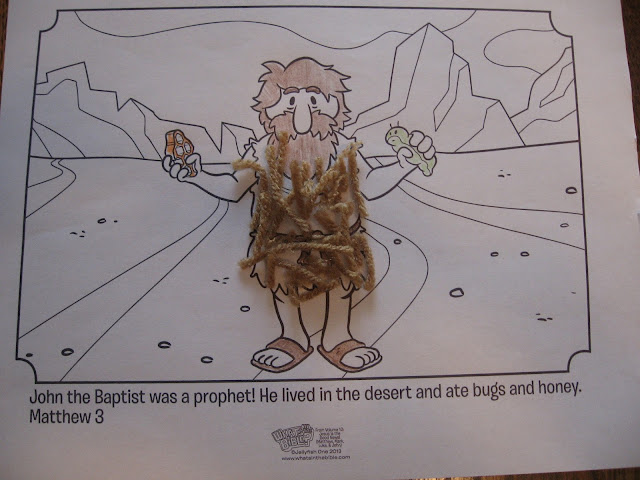I decided it would be fun to teach the younger girls how to do the Eiffel Tower string trick as a follow-up to our New Year's Eve pretzel tower (which I should say was as much fun to demolish and eat as it was to build).
Of course, before I could teach the girls how to make the tower out of string, I had to learn the trick myself. Thankfully we're still on Christmas break, because it took me pretty well an entire day to successfully master the steps.
I started out watching a
YouTube video from WhyKnot. Then, realizing the tower was really just Jacob's Ladder turned and pinched together, I switched over to YouTube instructions for
Jacob's Ladder from MomsMinivan (love those names!). Still a little confused on a couple of the steps, I decided to search out some still pictures, the best of which I found in a
string trick book on Slide and Share, except that with my hands wrapped in string, I kept advancing the page too far, and sliding right out of the directions I wanted.
Between the three, I did eventually master the figure elementary school children have been creating with ease on playgrounds around the country for years. There's nothing like attempting a child's game for promoting humility. Anyway, after all of that, I thought I'd add one more set of pictures and instructions to the mix, for all the visual learners like me.
The Eiffel Tower:
Start by draping a loop (made of string long enough to wrap two and a half times from your hand to your elbow) a across your palms as shown.
With the index finger of one hand, go under and hook the string running across the opposite palm with hands palm facing palm...
...and pull it back...
...then repeat the step with opposite hands...
...to form what is called an "open A".
Drop the string off of your thumbs...
Then take your thumbs...
Reach under all the strings, hook the last string and pull it back on your thumbs...
Then, reach over the nearest string on the pointer finger with your thumbs and under the farthest string on the pointer fingers...
...and pull that back too, giving you two strings looped on each thumb.
Next, drop the loops off of your pinkie fingers.
Use your pinkies to reach over the string nearest them, and under and into the loop around the thumb...
...and stretch your pinkies out with the string.
Drop the string off of your thumbs. This makes the "Cat's Whiskers" by the way.
Reach over the string wrapped around your pointer fingers with your thumbs, and under and into the loops on your pinkies...
...and pull your thumbs back with the string.
Being careful not to lose the loops on your fingers, use one hand to take the loop from the opposite pointer finger..
...and stretch it over the thumb of that same hand.
Then take the original loop (now on the bottom) from the thumb...
...and lift it over the loop shared with the pointer finger, and off the thumb.
Repeat the steps on the other hand...
This will create a triangle in front of each thumb.
***The next steps are tricky, and need to be done in one fluid motion***
Bend your index fingers down into the triangles...
...drop the string off your pinkies...
...and turn your palms away from you. Now you have Jacob's ladder.
Keeping your hands close enough together to keep the string loose (this is important), rotate the figure, and pinch your top pointer finger and thumb together to make a tower.
And, if you happened to be using glow-in-the-dark yarn, turn the lights off, for an illuminated, night time in Paris effect.
Bon courage!
















































































